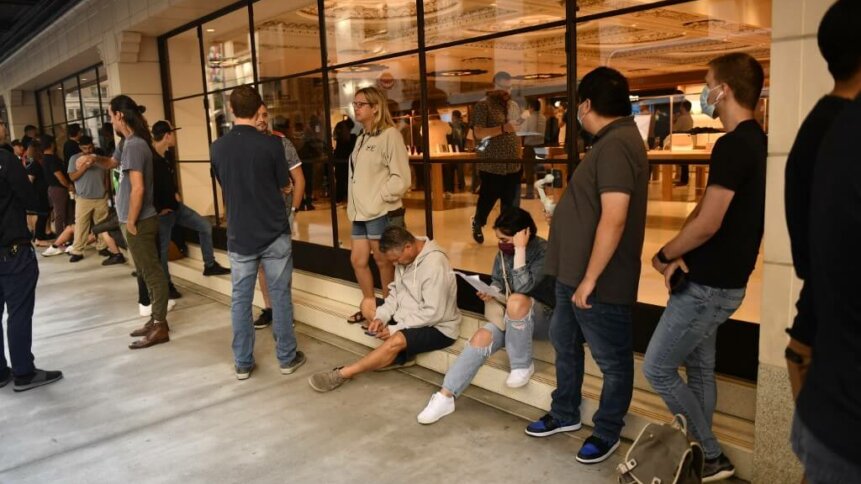
The COVID-19 pandemic has caused disruptions for retailers, with a significant rise in e-commerce sales in groceries and apparel. Hence it isn’t that surprising that the pandemic caused an explosion in online shopping, with online retail orders increasing by 146% in April 2020 compared to the same month in 2019.
According to Statista, retail e-commerce revenues will grow to US$4.88 trillion in 2021, and the retail industry is transforming at a time where speed is essential to meet consumer demand. Customers have always been at the center of a retail business strategy. Creating the best experience for the customers drives a business’ philosophy, operations, and ideas. As a result, brick-and-mortar retailers are staying ahead by embracing digital-first approaches to maintain Covid-19 safety ordinances, among other innovations.
Retail is now reimagining how it approaches customer experiences, drives sales, and ensures the safety of employees and consumers in stores using artificial intelligence (AI) and Internet of Things (IoT) solutions. By 2025, Statista predicts that more than 75 billion IoT-connected devices will be in use, deployed across a diverse set of industries, including retail.
According to IoT Analytics, there are approximately 7 billion IoT-connected devices today, which is projected to reach 25 billion by 2021. As a result, the retail industry can utilize IoT technology in many ways. For example, it helps retailers to improve store operations, manage in-store navigation and product shelves, prevent theft, and monitor goods.
The future of online shopping relies on understanding the patterns of shopping behavior. As a result, retailers are looking for actionable insights resulting in a seamless experience for shoppers in-store and online throughout the entire purchase journey. These days it is not just about being customer-centric. It is about being customer-obsessed, being hyper-focused on the customers with everyone within the business consistently listening to them in real-time, to improve their experience.
Two critical areas in which retail giants continue to invest are operational readiness and shopping experiences. This can be improved by combining intelligent hardware and software systems connected via an IoT network. This combination gives retailers the data needed to reduce operational costs and gain valuable insights into consumer preferences.
According to Accenture, 91% of consumers are more likely to shop with brands that recognize, remember, and provide relevant offers and product recommendations. In addition, a BloomReach survey found that 87% of shoppers said they tend to buy more when online stores personalize the experience.
By using IoT-empowered beacons, Target has successfully shifted the focus to its customer while reducing idle browsing time. Customers would download the Target mobile app and receive product recommendations corresponding to their shopping department. The retail industry is also using IoT sensors to monitor customer satisfaction. These sensors are connected to a dashboard that collects real-time customer feedback. This, in turn, provides insights that can assist in improving the in-store customer experience.
As IoT becomes more widely available, retailers will have to embrace and implement IoT technology to keep up with digital experiences. By doing so, they can enhance customers’ satisfaction and prioritize business efficiency.










